Habitats
Salter Grove offers several distinct habitats within a 12-acre area bounded by suburban housing development to the north and south, Narragansett parkway to the west, and the brackish water of the Providence River to the east.
The term habitat refers to the environment that naturally results from the interaction of abiotic and biotic factors at a given locality. Abiotic factors include physical features such as topography, availability of water and nutrients, temperature fluctuation, amount of light, salinity, exposure to wind, soil type, and geology. Biotic factors refer to all the living things present such as bacteria, fungi, plants, and animals. Whether an organism is found in a particular habitat or not is determined by whether there is a suitable balance of all these factors to help it thrive and reproduce.
The following habitats will be discussed in turn: Lawn, Edge, Upland Woods, Bottomland Woods, Vernal Pond, Marsh, North and South Coves, Causeway, Breakwater, and Rock Island.
Lawn
Clearings around the playground, to the north and south of the parking lot, and on Audubon Hill offer a habitat for plants that thrive in full sun and can endure low soil moisture. Apart from grass, other species are often ignored or targeted for elimination because they are considered weeds. However, a closer look reveals why European species like butter-and-eggs toadflax, the cutely fluffy rabbit-foot clover, and sweet-William-catchfly would be appreciated as wildflowers on their home turf.
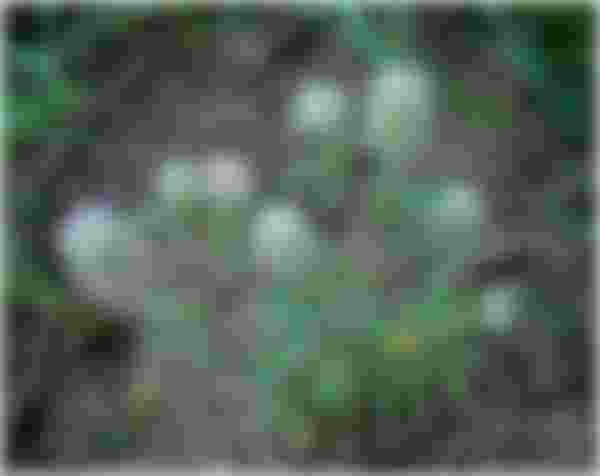
Some trees survived in these clearings, and they now tower over the lawns providing shade and shelter for various wildlife. The green ash north of the parking lot, the tuliptree and a few black oak neighboring the playground, and the eastern red cedar on Audubon Hill are particularly impressive specimens.
A numbers of animal species frequent the lawn habitat for an easy meal. Birds like the American Robin, Brown-headed Cowbird, European Starling, House Sparrow, and Song Sparrow are in clear view as they probe for worms and insects in between grass blades. During the hours close to dawn and dusk, the Eastern Cottontail Rabbit comes out of hiding in the brush piles to nibble on grass and herbaceous stems.
Edge

Where lawn meets woodland, a third habitat emerges. For some plants this is the best of both worlds — shelter from strong winds and extremes in temperatures with plentiful light for photosynthesis. Plants like leafy-flowered blackberry, common burdock, common evening primrose, common wormwood, and common wrinkle-leaved goldenrod are dense with foliage and produce large crops of fruits when growing along the edges of woodland. Large patches of Gill-over-the-ground cover the ground with fan-shaped leaves and purple flowers.
Birds like the Gray Catbird normally peer out from deep cover, but even they will be tempted to emerge to feed on the plentiful Insects and fruits in the lush foliage of edge plants.
Upland Woods
It is remarkable that mature trees and shrubs now cover an area that used to be a summer colony with permanent structures. Large native black oak and black cherry trees are dominant on the glacial till that underlies the upland portion of the park. Norway maple and sycamore maple also contribute to the canopy although there are larger specimens elsewhere in the park where soil moisture is higher. The saplings of these two introduced maples are abundant and may eventually replace native tree species.
Introduced (Asian bittersweet, Japanese honeysuckle) as well as native (roundleaf greenbrier) climbers are common and hinder the growth of trees on which they are draped. Openings in the canopy favor native shrubs such as Canadian serviceberry, but unfortunately also encourage the growth of more aggressive introduced shrubs like burning bush, Morrow's honeysuckle, and rambler rose. Despite a history of disturbance, native wildflowers such as American shinleaf, calico American-aster, Canada hawkweed and white wood-aster are still present in the understory.
Red-tailedHawk captured Eastern Gray Squirrel
Eastern Gray Squirrels are supported by the large acorns crops produced by the oaks. They in turn have sustained Red-tailed Hawks that visit in the winter. Black-capped Chickadee, Downy Woodpecker, Tufted Titmouse, and White-breasted Nuthatch glean insects from foliage overhead. The Great Crested Flycatcher is active high up in the canopy so it is usually heard rather than seen. Migrants like Blackpoll Warbler, Black-and-white Warbler, Northern Parula, and Warbling Vireo forage among newly leafing tree branches in mid-spring.
Bottomland Woods
An elongated low-lying area that parallels Narragansett Parkway is seasonally flooded by heavy spring rains and runoff from the adjacent sloping terrain. The strong wind gusts off the Providence River become mere breezes by the time they pass through the upland woods and reach the bottomland. Even on the hottest days of summer, it is cool and shady in this moist valley.
This sheltered and damp environment supports an impressive grove of black-gums that has surprised more than one tree specialist. American elm, red maple, and silver maple grow to a larger size here than individuals elsewhere in the park. The introduced sweet cherry joins black cherry in reaching the canopy.

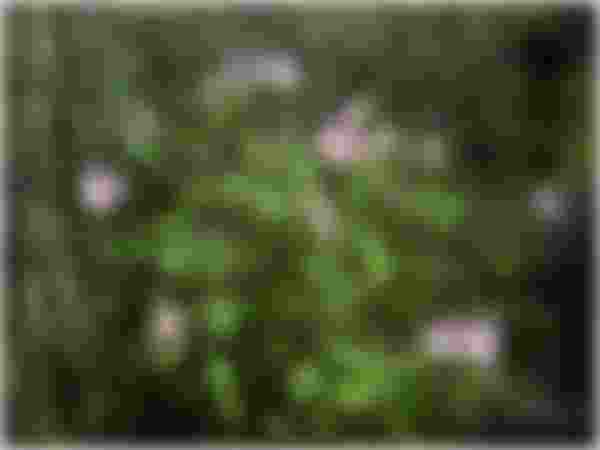

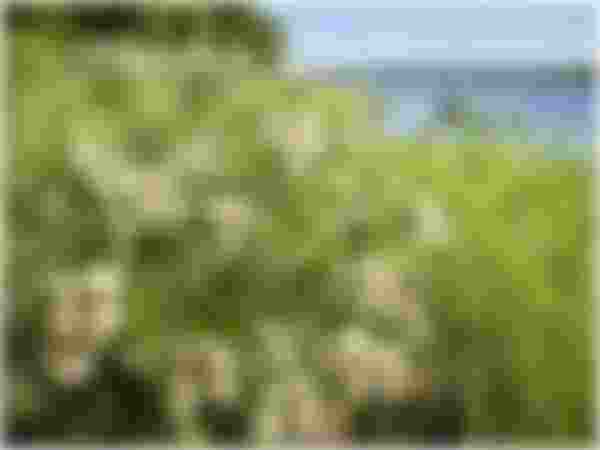
Asian bittersweet and the native roundleaf greenbrier are joined by some impressively large climbing poison ivy. Due to the sheltered environment, the shade-tolerant native coastal sweet-pepperbush is able to reach a large size despite growing on a boulder. In contrast, two native sun-loving shrubs, swamp rose-mallow and common buttonbush, get plenty of water but do not grow well because they are shaded for some hours of the day.
The sensitive fern and native wildflowers like jack-in-the-pulpit, tall meadow-rue, and white avens are found here but nowhere else in the park.

Birds found nesting in the vicinity include American Robin, House Sparrow, Mallard, and Wild Turkey. Other birds commonly observed during the breeding season include Carolina Wren, Common Grackle, Northern Cardinal, and Red-bellied Woodpecker. A huge Raccoon was seen sleeping high up on a limb of the largest black-gum.
Vernal Pond
The low-lying area that dissects the bottomland woods is filled by rain and runoff at its southern end to a depth of 30 inches by early spring. Long-time visitors to the park reported that Spring Peepers and Bullfrogs were abundant in the 1980's. However, no more than seven Spring Peepers were heard calling during visits in the past few years.
Hydrologically, the pond is a perfect example of what a vernal pond would be. Unfortunately, runoff containing lawn fertilizer and other pollutants has encouraged algal growth, effectively preempting species that characteristically inhabit vernal ponds, like Fairy Shrimp, salamanders, and wood frogs.

Pond water fully recedes by August. Native annuals that specialize in seasonal flooded habitats like American burnweed, common water-primrose, Devil's beggar-ticks, and small-spiked false nettle form luxuriant beds in the exposed mud, benefiting from the same nutrient-rich runoff that stimulates algal bloom. Conspecifics found elsewhere in the park appear stressed and stunted by comparison.
During the breeding season, a constant stream of Common Grackles fly in for a quick drink and then fly right out. Newly hatched Mallard ducklings practice paddling in the pond before heading out to the coves where predators await. Even as air temperature rises and the water dries up, the pond area remains a cool and shady sanctuary for birds and squirrels.
Marsh
The high-tide line along the shore of Salter Grove lies just below the edge of upland woods and marks the boundary for plants that cannot tolerate brackish water. Native species such as annual wooly bean, blunt-leaved rabbit-tobacco, boneset thoroughwort, Carolina rose, deer-tongue rosette-panicgrass, switch panicgrass, wild cucumber, and the introduced asparagus, curly dock, prickly lettuce, and white campion grow in gravelly substrate well above the high-tide line but may be doused on rare occasions by an extremely high tide or storm surge.
Marsh vegetation grow in bands that parallel the shoreline between the limits of high and low tides, indicating their respective tolerance of inundation by brackish water. Maritime marsh-elder and seaside goldenrod straddle the high tide line and are occasionally flooded. Saltmarsh rush and saltgrass are totally covered at high tide but are exposed as the tide recedes. Smooth cordgrass remains submerged even at the lowest of low tides.

Between the high tide line and the foot of Audubon Field, a patch of narrow-leaved cat-tail provides vertical support for an impressive array of native (arrow-leaved tearthumb, eastern willow-herb, hedge false bindweed, jewelweed, small-spiked false-nettle) and introduced (climbing nightshade, purple loosestrife, wild radish) species with herbaceous stems.
Both land birds (Belted Kingfisher, Great Crested Flycatcher, Mourning Dove, Song Sparrow and water birds (American Oystercatcher, Common Tern, Double-crested Cormorant, Red-breasted Merganser) are observable from the marsh shoreline throughout the year. Bald Eagle, Osprey, and Red-tailed Hawk are easy to spot from the marsh as they cruise above the park. Tracks suggest that browsing by White Tail Deer is responsible for the sudden loss of leaves from low lying plants with growing tips.
North and South Coves
The construction of the breakwater in the late 1960's added complexity to the offshore environment of Salter Grove. What was once a sandy shoreline subject to tidal movements and direct wind exposure was transformed into two areas of protected water, North and South Coves, separated by the causeway. These two coves differ in salinity because they receive different amounts of freshwater and have different tidal exchange.
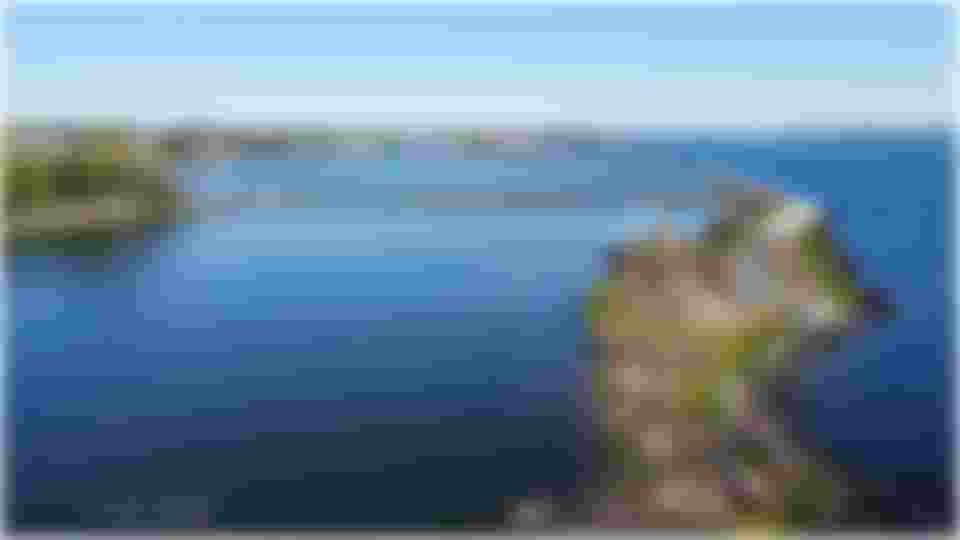
Large individuals of Snapping Turtle and Painted Turtle have been observed in South Cove.
Birds such as Bufflehead, Common Loon, Greater Scaup, Gadwall, and Ring-billed Gull are observed more often in North Cove while American Oystercatcher, Double-crested Cormorant, and Red-breasted Merganser frequent South Cove. Other species like Great Blue Heron, Great Egret, Mallard, and Mute Swan are observed with equal frequency in both coves. More data are needed to determine what factors (availability of preferred food items, water depth, vegetation) might result in a preference of one cove over another by aquatic birds.
Causeway
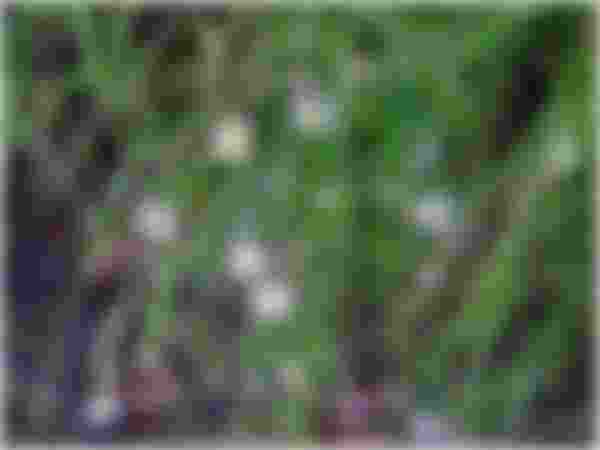
The calm waters on both the north and south sides of the causeway cause deposition of sediments that support marsh vegetation like maritime marsh-elder, seaside goldenrod, and smooth cordgrass. The heterogenous substrate of small pools of water interspersed with rocky crevices encourages the growth of Carolina sea-lavender, perennial saltmarsh American-aster, and saltmarsh sand-spurry, On higher ground that is rarely touched by the tide, one can find common evening primrose, curly dock, switch panicgrass, and wild carrot.
Not only is the causeway a great spot for observing aquatic birds throughout the year, but it is also where American Mink has been observed to run an obstacle course among the rocks.
Breakwater
The large boulders forming the breakwater presented a rocky substrate not previously available to plants and animals. Brown seaweed grows on the eastern side of the rock wall and is subject to strong winds and full sun exposure at low tide. The western side of the breakwater is protected from strong winds and over time has accumulated sediments to form a shoreline broad enough to support a band of maritime marsh elder and smooth cordgrass.
There is also an unexpected 30-foot hedge of beach rose growing at the drier base of the breakwater. Intriguingly, the northern two-thirds of the hedge produces deep pink roses while the southern third produces white roses. Beach rose has been planted near the playground, but only one naturalized individual has been found on the mainland along the marsh, directly across from the breakwater hedge.

The arm of the breakwater north of the causeway encloses North Cove and limits tidal exchange. The inflow of fresh water from the Pawtuxet River and various storm drains reduce the salinity of tidal water coming in from the Providence River. In contrast, the section of breakwater south of the causeway, together with Rock Island, separate South Cove from the Providence River but do not impeded tidal exchange to the same degree (see ESS Report in Resources under Habitats). This difference in salinity and tidal exchange may account for the absence of mussels growing on the northern arm of the breakwater whereas low tide reveals a clear line of mussels on the southern arm.
Fishermen flock to Salter Grove when large Striped Bass and Blue Fish are lured up the Providence River by schools of prey species like Banded Killifish, Menhaden, and Mummichog.
Rock Island
True to its name, Rock Island has a rocky terrain with large boulders, and it is a geologist's dream. It is possible to see contemporary scenarios that illustrate how layers of sediment differing in particle size were transformed by geological processes to become the underlying bedrock of sandstone. There are numerous examples of the effects of glaciation and even fossils of giant horsetails that lived in the area hunbdreds of millions of years ago.
The island was used by the Narragansett as a meeting place that was difficult to access by uninvited and potentially hostile individuals. As chronicled in a postcard dated 1890, at least four houses occupied Rock Island directly across from Audubon Field (see Culture).
The southern islets of the archipelago are only accessible on foot at very low tide. Visitors are urged not to explore these islets of rock and mud to avoid disturbing breeding individuals of American Oystercatcher and Common Tern, as well as the non-breeding individuals of Double-crested Cormorant, Great Black-backed Gull, and Herring Gull that rest on these rocks in between feeding bouts.
Maritime marsh-elder and smooth cordgrass grow along the shoreline. Although it only occurs as small clumps on the mainland, there is a large expanse of Carolina sea-lavender growing in the muddy area between the two rock mounds covered by vegetation. Except for smooth serviceberry, all the other plants growing on Rock Island also occur on the mainland.
However, don't be surprised if you don't initially recognize the stunted individuals of black oak, eastern red cedar, eastern white oak, seaside goldenrod, small bayberry, wild carrot, and more. These hardy individuals have had to withstand salt spray and the full force of strong winds on top of a dry rocky substrate.
Additional information is available in Resources under Habitats.


